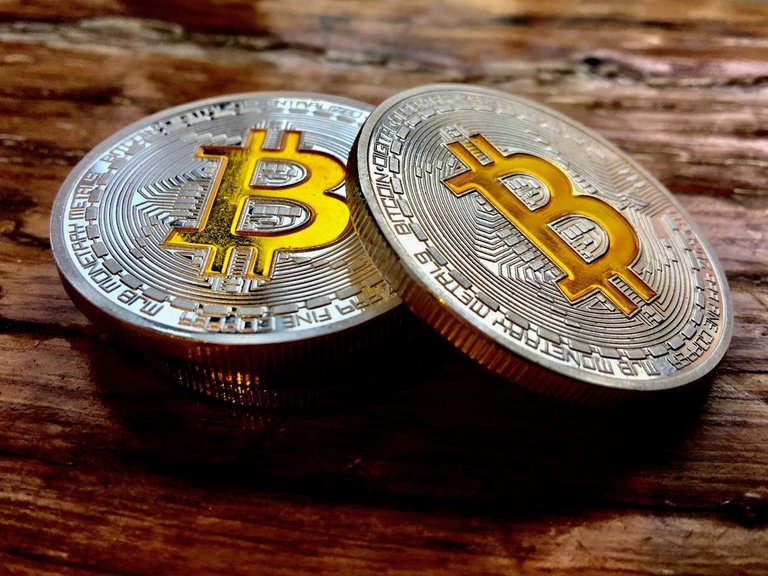
Block 478,617 on the bitcoin cash blockchain contained an interesting message – I won't repeat what it said, but let's just say the miner that mined this block doesn't seem very fond of bitcoin cash.
In this article, I'm going to explain what might motivate a miner that doesn't like bitcoin cash to mine a block on that chain.
Miner profitability
Before we can understand what's going on with miners between blockchains, we have to learn a little bit about how miners make money. Miners make bitcoin (or any other proof-of-work cryptocurrency) by finding proof-of-work and creating blocks. They take both the coinbase reward (currently 12.5 BTC in bitcoin) and fees (roughly 1.5 BTC) for each block.
The actual difficulty of finding the proof-of-work varies, and is adjusted by the network so that a block is found every 10 minutes.
When the bitcoin cash fork happened on August 1, both bitcoin and bitcoin cash had the same exact difficulty. That meant that a miner had to do the same amount of work on either blockchain to find a block.
Since the reward is denominated in the currency of the blockchain, it's economically rational for miners to mine on the chain that has a higher price. While bitcoin cash had a high of 0.4 BTC on Bittrex recently, that's still nowhere near enough reward (0.4 * 14 = 5.6 BTC vs 14 BTC) for a miner to have enough economic incentive to mine Bitcoin Cash.
You might be asking yourself, why would any miner then mine on bitcoin cash?
If you're a miner that went only for short-term rewards, mining bitcoin cash would have made no sense. However, there are longer-term rewards to mining bitcoin cash that perhaps some miners were counting on. In any case, to offset these risks a bit, the bitcoin cash developers added an interesting hard fork rule that made mining on bitcoin cash easier.
Difficulty adjustments
As I explained in another article, bitcoin cash added a feature to adjust difficulty downward. Basically, if less than six blocks are found in 12 hours, the difficulty goes down by 20%.
But, a downward adjustment in difficulty has a lot of consequences for a miner. A miner will be able to find a block 20% faster and thus spend 20% less electricity. This means that mining a block on bitcoin cash becomes more attractive.
Block 478,571 took 13 hours to mine, so there were six difficulty adjustments downward. This resulted in the difficulty of bitcoin cash being roughly 26.2% that of bitcoin.
In this light, it is even possible that the amount of time it took to mine the 13-hour block was purposeful, meant to trigger adjustments and make bitcoin cash more attractive to mine.
Bitcoin is still more profitable to mine, though, as it is giving roughly 10x the reward (current ratio of bitcoin price to bitcoin cash price is roughly 10:1) for 4x the work.
If, however, there were another 12 hours of no blocks on the bitcoin cash chain, this would trigger another 6 difficulty adjustments downward. This would mean that the difficulty on bitcoin cash would be 6.87% that of Bitcoin.
The profitability calculation would suddenly change. Finding Bitcoin blocks would be 14.5x as hard as bitcoin cash and assuming the price ratio stayed at around 10:1, it would be more rational to mine bitcoin cash blocks instead.
An exodus of miners from one coin to the other may cause bitcoin cash's price to rise (hash power and price have correlated in coins in the past), making the problem worse
Preventing a downward adjustment
So, how would a miner prevent a downward difficulty adjustment on bitcoin cash and trigger an exodus of mining power from bitcoin?
The easiest way is to make sure bitcoin cash mines 6 blocks every 12 hours! There are already miners that seem to be ideologically driven to keep mining on bitcoin cash, but another miner may have wanted to make sure there were six blocks every 12 hours in order to prevent the triggering of the downward difficulty adjustment.
By sacrificing some profit, a miner is able to prevent an exodus of other miners. But then this brings up another problem, how do you tell others you are mining Bitcoin Cash not to support it, but to prevent a difficulty adjustment?
That's where the coinbase message comes in. By adding the message that they did, they can signal to other miners that they're not really supporting bitcoin cash, but are blocking downward difficulty adjustments.
Conclusion
Game theory often produces counter-intuitive results like this.
Miners have to take into account what other miners will do, and take steps to prevent it if that's not in their interest.
If this miner holds to this strategy, we can expect that at least 6 blocks be found every 12 hours until block 479,808 when the normal difficulty adjustment will occur.
Hi! I am a robot. I just upvoted you! I found similar content that readers might be interested in:
https://paymentsmarket.com/why-even-miners-that-hate-bitcoin-cash-might-want-to-mine-it/
Congratulations @angel004! You have completed some achievement on Steemit and have been rewarded with new badge(s) :
Click on any badge to view your own Board of Honor on SteemitBoard.
For more information about SteemitBoard, click here
If you no longer want to receive notifications, reply to this comment with the word
STOP